by Paul Fleischman
“Bull Run” reminded me of “Seedfolks,” also written by Paul Fleischman. Each chapter told the story of one person’s thoughts and actions prior to, during, and after the battle of Bull Run. The chapters were surprising short, only a page or two each. Each person’s story did not completely unfold in the chapter. The author told pieces of the story for each character moving the story along chronologically.
Slaves, women, generals, colonels, young boys, a doctor, and a stable lad all had roles to play in “Bull Run”. The characters I identified with the most were the doctor, William Rye, and the stable lad, Shem Suggs. The doctor went with the army knowing that many soldiers would be wounded and in need of medical care. He had no delusions of glory about war as the doctor already had combat experience. The stable lad joined the army so one day he could own a horse. Some folks took picnic lunches and champagne to watch the battle as if it were a play. The disconnect with reality is startling; however, history documents that people really did have picnics as they watched the battle. All the other characters were slaves looking for freedom or delusional characters dreaming of glory and fast victory.
Shem Suggs and Dr. William Rye were the most admirable people in the story. Shem buried the dead horses and cared for the live ones after the battle. The doctor tried to save lives regardless of their affiliation.
Dr. Rye referred to the rejoicing and celebrating of the Southern victory the asked, “A victory? Indeed it was, for Death upon his pale horse.” Later that very day, I watched a news report about the “victory” in Iraq. Saddam Hussein’s statute was being pulled down as people rejoiced in the streets. Four years later and thousands dead in Iraq, we can also ask, “A victory? Indeed it was, for Death upon his pale horse.” How odd to hear a four-year anniversary of the “victory” in Iraq just as I read this passage in “Bull Run,” the first battle of a bloody four-year war from our past.
Paul Fleischman’s word craft in “Bull Run” is impressive. In one simile, a slave’s smile was described as, “…the slimmest of smiles fled his lips, like a snake disappearing down a hole.” This perfectly describes the smiles that some of my “would be” rascally students give me on occasion. The reader could see the facial expressions of some of the characters as the author described them.
I admit that I had to keep going back in the book to remember who the characters were. A graphic organizer would help clarify and separate the characters if a teacher chose to have students read “Bull Run” in the classroom. “Bull Run” would be an excellent novel to read along with Virginia Studies VS7, the Civil War.
Lesson plans can be found at:
http://www.sdcoe.k12.ca.us/score/bull/bulltg.html
Wednesday, April 11, 2007
Subscribe to:
Post Comments (Atom)
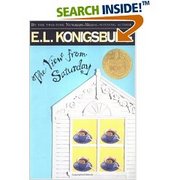

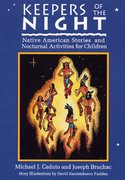

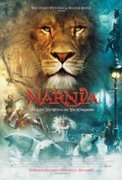

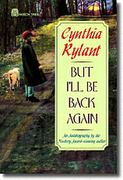

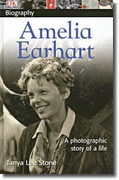

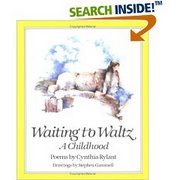

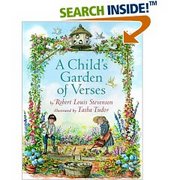
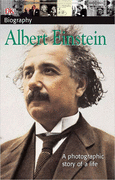
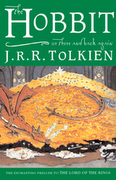
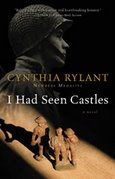
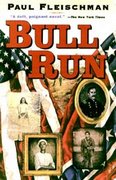
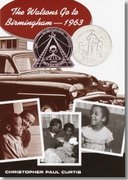
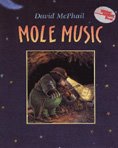
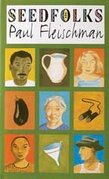


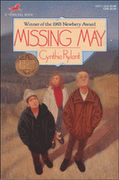
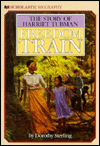
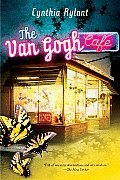
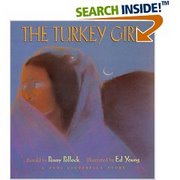



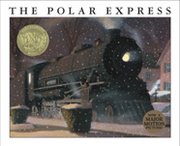
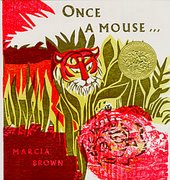
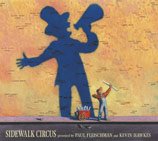
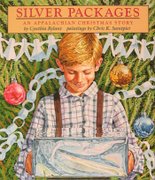


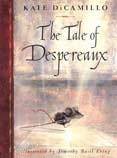
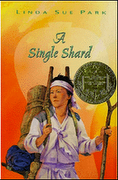
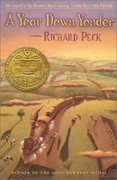


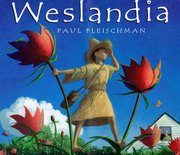

No comments:
Post a Comment